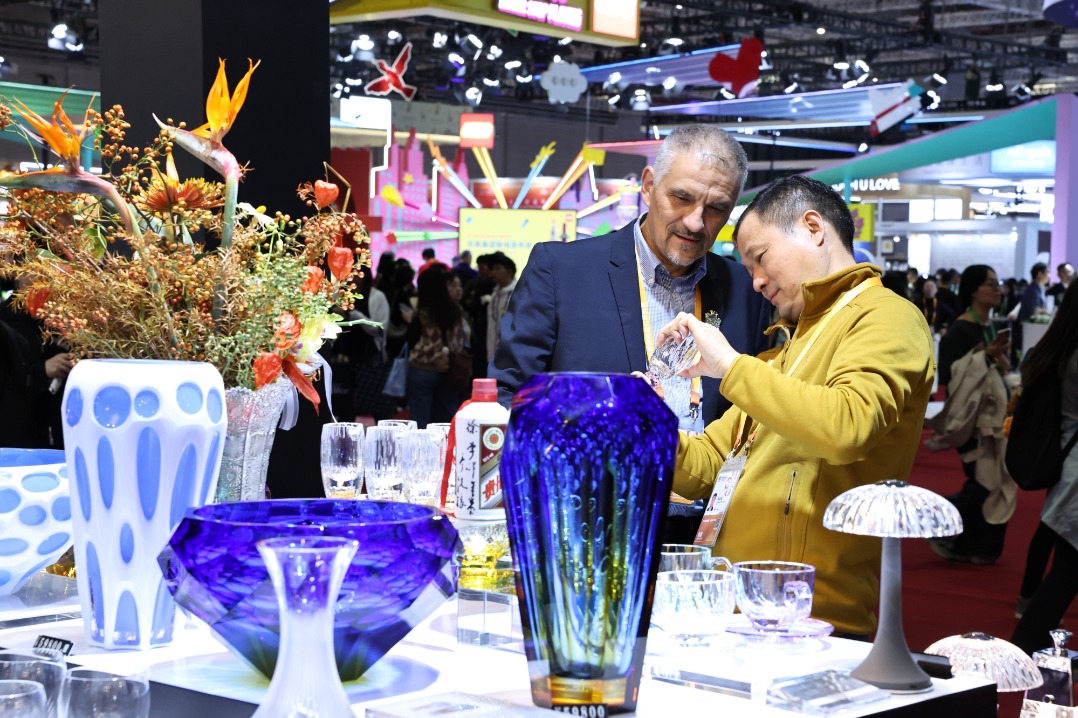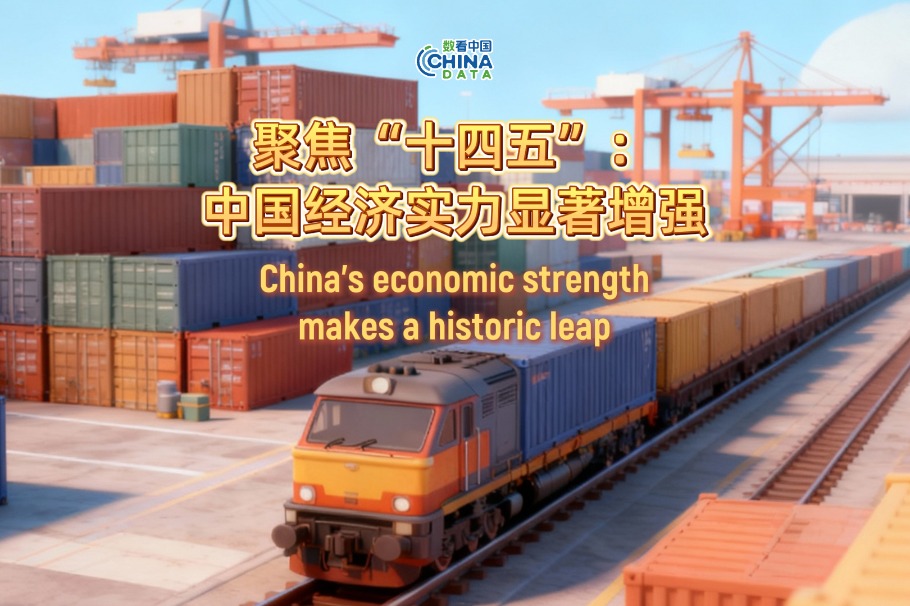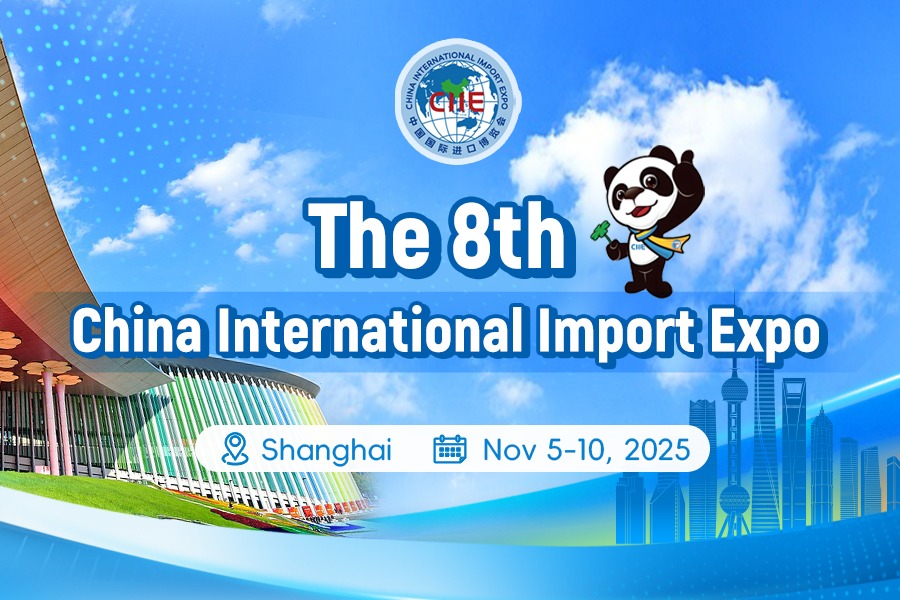Nation a key growth driver for MNCs
'Since China's manufacturing is world-leading, why move factories elsewhere?'


As global firms navigate rising geopolitical and economic uncertainties, China will remain a critical pillar in their long-term growth strategies, said executives from European business chambers and corporations.
Remi Paul, president of the French Chamber of Commerce and Industry in China, said an increasing number of French companies have been adjusting their strategies to seize new opportunities emerging from China's consumption upgrade, digital transformation and green development initiatives.
Paul said that French firms, after decades of growth, have developed a diversified investment footprint in China, operating across a wide range of key sectors, including aviation, energy, finance, pharmaceuticals and consumer goods.
"Their presence spans both traditional manufacturing and modern services, as well as high-tech industries," he said. "Their geographical presence is becoming more balanced, gradually expanding from the more developed coastal regions to inland areas."
Calling for a renewed commitment to global trade, Simon Lichtenberg, the all-China founding chairman of the Danish Chamber of Commerce in China, said China has made notable progress in high-quality development, particularly in manufacturing infrastructure, supply chain operation, automation and talent cultivation in recent years.
"In most manufacturing sectors globally, it is hard to find a place that matches China's strengths in efficiency, quality and skilled workforce," Lichtenberg added. "Since China's manufacturing is world-leading, why move factories elsewhere? Failing to leverage China's capabilities would diminish global value."
China's actual use of foreign direct investment in high-tech industries reached 96.71 billion yuan ($13.46 billion) in the first four months of 2025. FDI in e-commerce services surged 137 percent year-on-year, while investment in aerospace equipment manufacturing rose 86.2 percent on a yearly basis, data from the Ministry of Commerce showed.
The chemical pharmaceutical manufacturing sector saw a 57.8 percent year-on-year increase, while medical instrument and equipment manufacturing grew 4.9 percent on a yearly basis.
Spurred by China's rapid advances in artificial intelligence, Swiss technology company ABB Group plans to ramp up its innovation efforts in the robotics sector to outpace its rivals in the country's increasingly competitive market.
China remains a highly promising market, representing over 50 percent of the global robotics industry. More importantly, it continues to expand, said Sami Atiya, president of ABB's robotics and discrete automation business area, and a member of ABB's executive committee.
"China's automotive sector has long been a major user of industrial robots, with around 1,000 robots for every 10,000 workers, even as other industries still lag in automation," Atiya said.
In several sectors, it is still below 100 robots per 10,000 employees, indicating clear room for growth, Atiya added.
With China constantly pursuing its dual-carbon goals, French spirits and winemaker Pernod Ricard said it will deploy more resources to implement comprehensive glass circularity practices across the whole value chain in China.
"From grain to glass, we are committed to reducing carbon emissions and nurturing terroir. We are dedicated to exploring innovative solutions to create a positive impact on both the environment and society," said Jerome Cottin-Bizonne, CEO of Pernod Ricard China.
In China, glass that cannot be recovered is usually incinerated with household waste and landfilled with its byproduct slag.
To improve glass recycling, Pernod Ricard, together with a local partner, has developed an innovative model for recovering glass from slag. The process extracts reusable glass raw materials through steps such as screening, iron removal and high-temperature disinfection, while productively utilizing the remaining slag.
As of May, the project has recycled over 15,000 metric tons of glass, offering a replicable solution for the circular use of waste glass domestically.




































